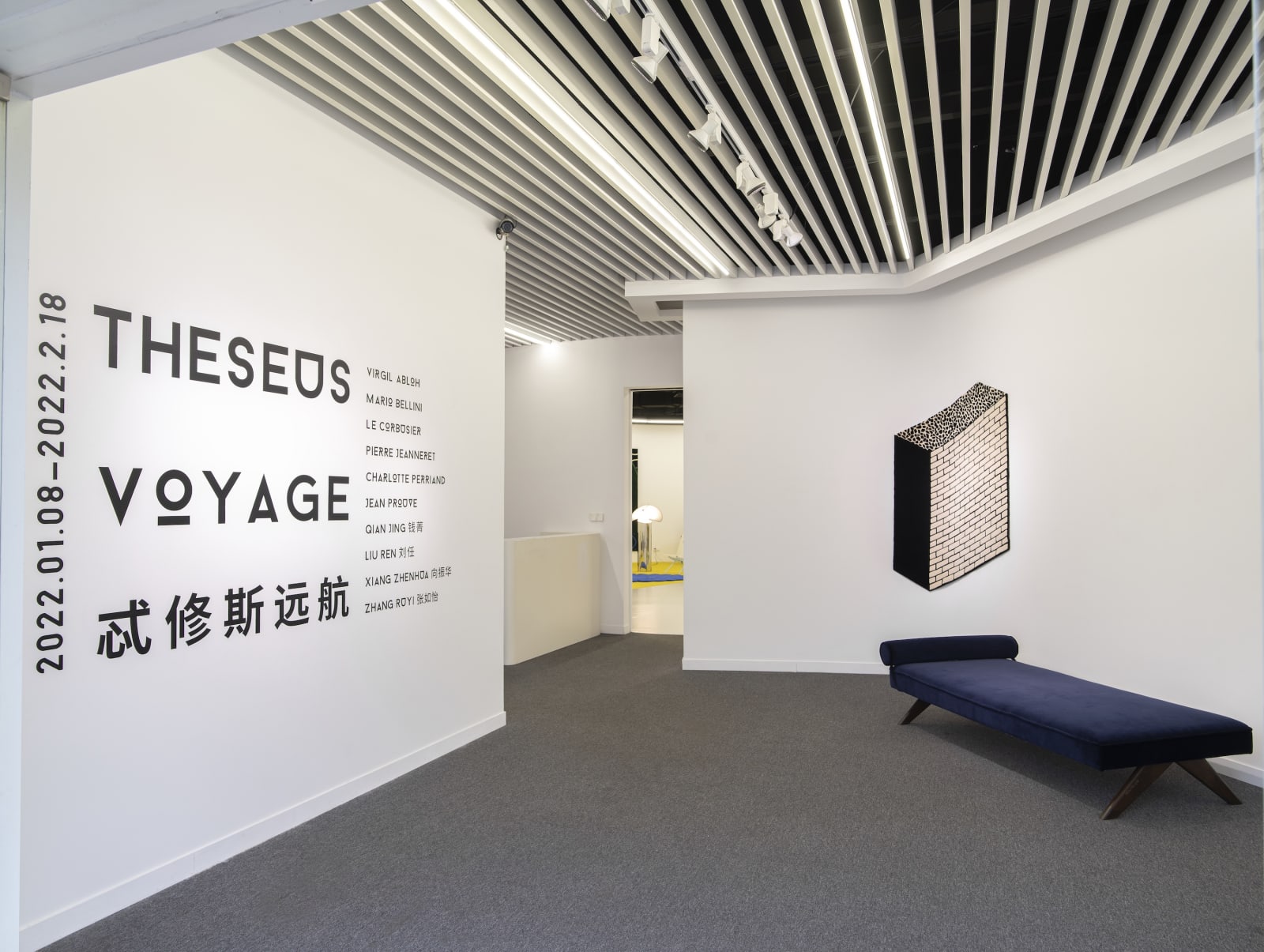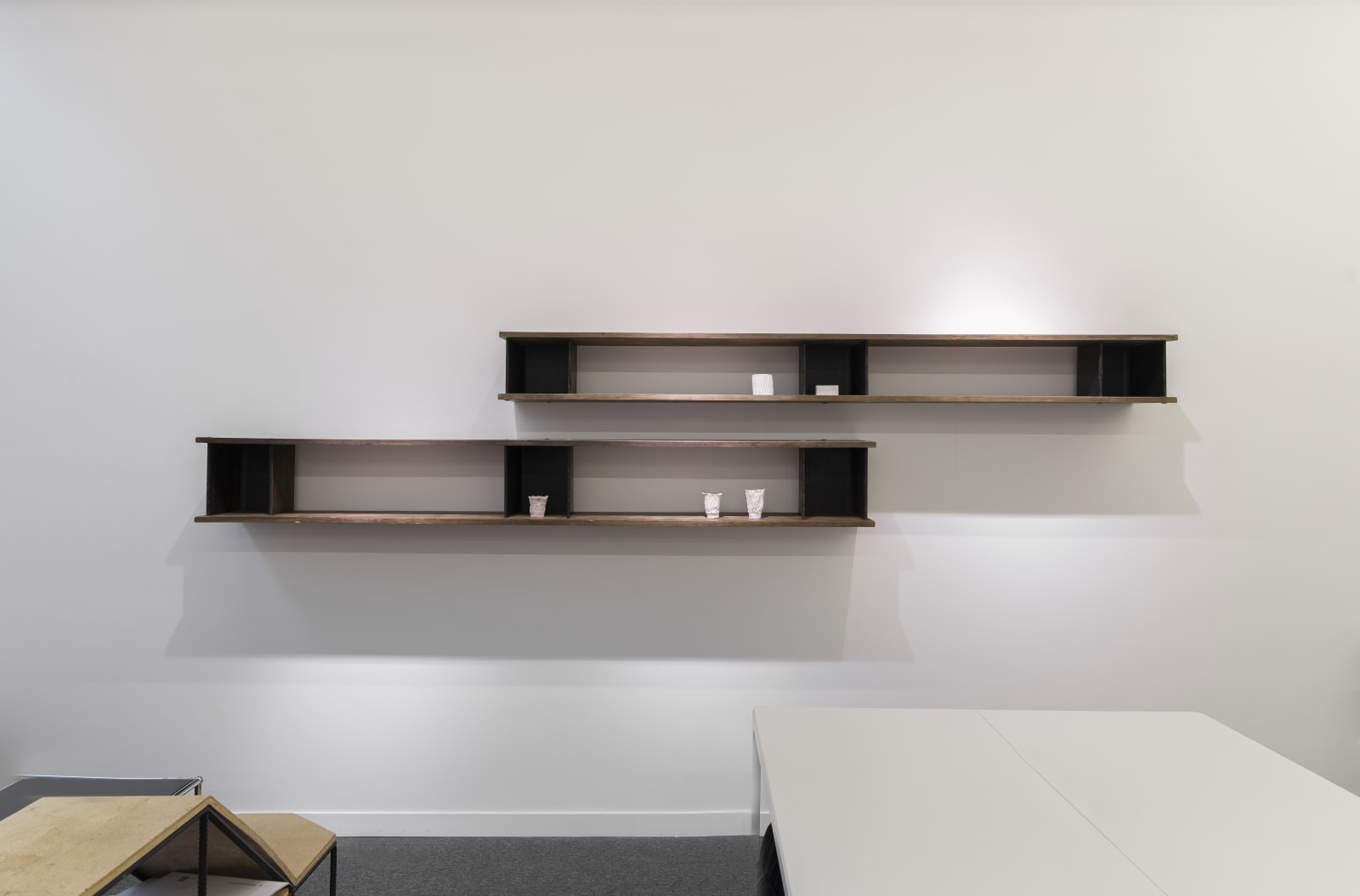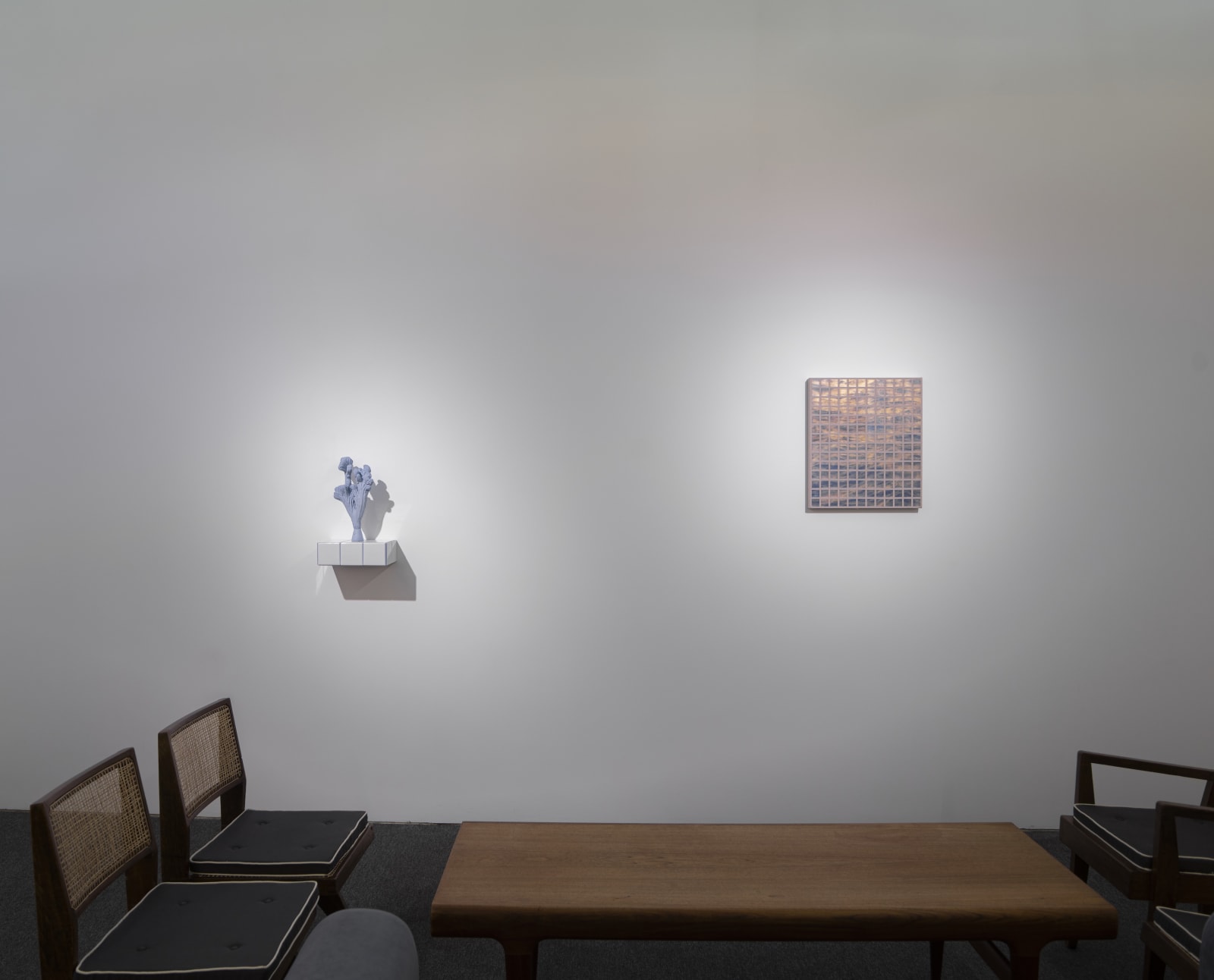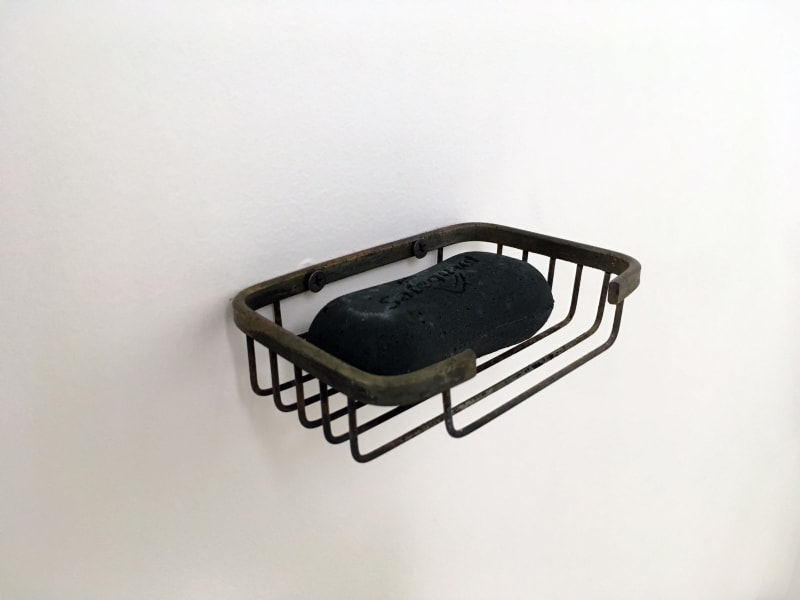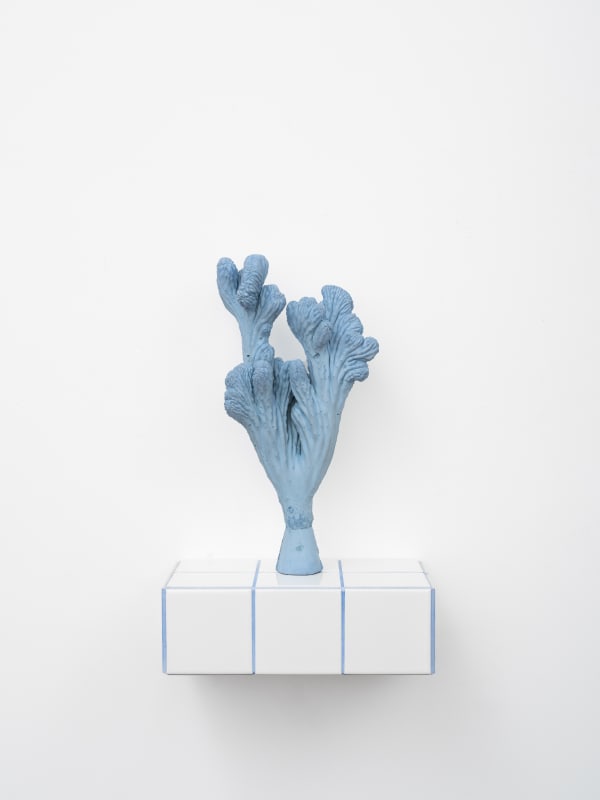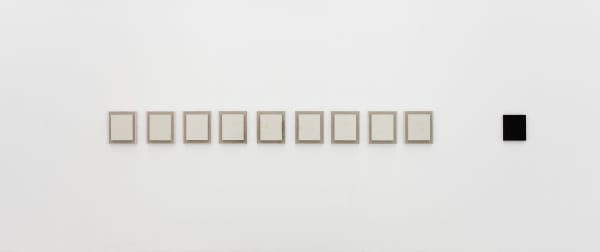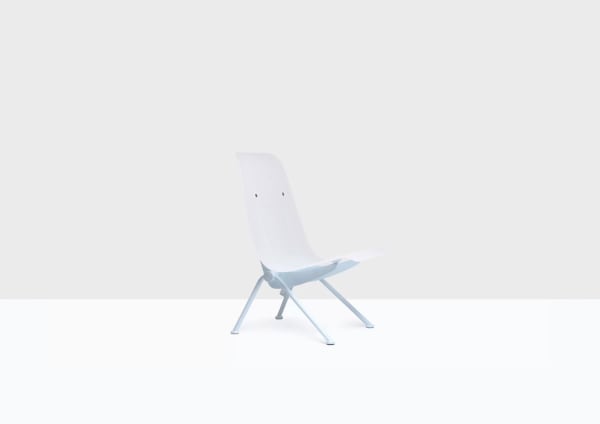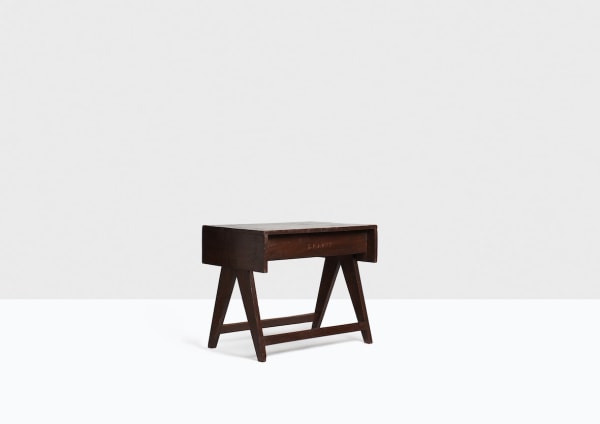Theseus Voyage: Group Exhibition
Theseus Voyage
Theseus Voyage features furniture by Virgil Abloh, Mario Bellini, Le Corbusier, Pierre Jeanneret, Charlotte Perriand, and Jean Prouve, tufted carpets by QIAN Jing, and artworks by artists LIU Ren, XIANG Zhenhua and ZHANG Ruyi at Don Gallery at the beginning of 2022. All the works are placed in the space to illustrate the theme "Theseus Voyage" reflectively.
In the first century A.D., Plutarch proposed the notable thought experiment: if all of the timbers and components of Theseus ship were gradually replaced, does it remain the same ship? Is humankind not swaying in a torrent of change and instability? Over decades, the ship has gone through wars, industrial revolutions, political upheavals, and economic prosperities. We are immersed in a world full of changes while constantly replacing, patching and reconfiguring the global spectacle of the ship.
In the 1950s, the Swiss-French architect Le Corbusier and Pierre Jeanneret went to Punjab to build an experimental modernist city, Chandigarh, which inherited the spirit of late 19th-century European design and the concept of 'functional beauty' in India. Jean Prouve used cutting-edge industrial production techniques in his architectural and furniture designs. Charlotte Perriand travelled to Japan in 1940 and helped drive Japan industrial transformation by using modernist vanguard concepts, functional blueprint and modular spaces. Mario Bellini uses technique in haute couture to design his famous Cab Chairs, in which leather is wrapped around a minimalist chair skeleton. QIAN Jing uses traditional rug loom, tools, and different kinds of handmade processes, the "hand-knotted", "hand-woven", "handloom", and "hand-tufted", to make tufted carpets.
All of them are experimental and creative pioneers. They create a field where old and new technologies can merge. They have constructed structurally stable and aesthetically valuable Theseusian components. However, beneath the modern landscape of high speed and flux lies a paradox that dates back to the first century AD: is it still the Theseus Ship? Are the foundations that keep it sailing securely present on the dark side, covered by its appearance? LIU Ren, ZHANG Ruyi and XIANG Zhenhua imply their answers respectively through works.
In LIU Ren's installation, How Much Land Does a Man Need, he wrote down the novel transcribed by Hiroshi Sugimoto for Tolstoy onto disposable straw paper. In 6 Feet, the text has been screen-printed on a tape measure, and the length is the height of Parcombe. Both artworks are metaphors for the absurd contrast between the length of life and endless human desire. ZHANG Ruyi's sculpture Individual Plant - FB presents a heterogenic cactus that looks like a specimen of a plant domesticated by humans. In Soap-13, ZHANG has made, a daily commodity, a soap into eternity. ZHANG Ruyi reaffirms her non-anthropocentric position by dismantling the vitality of nature and the functionality of everyday objects. XIANG Zhenhua's video work, Catalogue-CNO5, explores the reality of images in consumer society and the complex rules and power systems behind them through digital experimentation with the 'image' and 'element' forms. These three artists suggest the perception of existence, the contemplation of subjectivity, and the expression of the self towards the outside world.
We have been given the right to reform Theseus, and its appearance has become more splendid than ever. But its stability is also bound to be pushed to the edge. How can we find a delicate and stable balance between the material Wonderland and the spiritual Utopia to prevent the ship from capsizing on its voyage? Perhaps this is the question that all the artists lead us to contemplate.
By HUANG Mengzhu
-
 ZHANG RuyiSoap– 13 香皂─ 13, 2017Concrete, soap holder 混凝土、香皂架9 x 5 x 3 cm (soap 香皂), 12.7 x 8.4 x 3.5 cm (soap holder 香皂架)
ZHANG RuyiSoap– 13 香皂─ 13, 2017Concrete, soap holder 混凝土、香皂架9 x 5 x 3 cm (soap 香皂), 12.7 x 8.4 x 3.5 cm (soap holder 香皂架) -
 ZHANG RuyiIndividual Plant-FB 一株-FB, 2021Concrete, pigment, ceramic tiles, wood panel, metal 混凝土,色粉,瓷砖,木板,金属47 x 30 x 20 cm
ZHANG RuyiIndividual Plant-FB 一株-FB, 2021Concrete, pigment, ceramic tiles, wood panel, metal 混凝土,色粉,瓷砖,木板,金属47 x 30 x 20 cm -
 LIU RenHow Much Land Does A Man Need 一个人需要多少土地, 2013Oil on straw paper 油彩在草纸上30 × 25.5 × 4 cm × 10
LIU RenHow Much Land Does A Man Need 一个人需要多少土地, 2013Oil on straw paper 油彩在草纸上30 × 25.5 × 4 cm × 10 -
 Mario Bellini, 414 Sofa by Cassina, 1980
Mario Bellini, 414 Sofa by Cassina, 1980 -
 Jean PROUVE , Virgil ABLOHAntony chair-Virgil Abloh, 2020Metal, Acrylic 金属, 亚克力87 x 50 x 67 cm
Jean PROUVE , Virgil ABLOHAntony chair-Virgil Abloh, 2020Metal, Acrylic 金属, 亚克力87 x 50 x 67 cm -
 Charlotte PerriandNuage, 1956Oak veneer plywood, painted curved steel, aluminum 橡木贴面胶合板, 涂漆弯曲港版, 铝76 x 403 x 33 cm
Charlotte PerriandNuage, 1956Oak veneer plywood, painted curved steel, aluminum 橡木贴面胶合板, 涂漆弯曲港版, 铝76 x 403 x 33 cm -
 Pierre JeanneretStudent Desk, 1965 - 1966Teakwood 柚木69 x 112 x 71 cm
Pierre JeanneretStudent Desk, 1965 - 1966Teakwood 柚木69 x 112 x 71 cm -
 QIAN JingSanta Barbara 圣芭芭拉, 2019Pure Newzlande Wool, hand tufted 100% 新西兰羊毛,手工枪刺180 x 147 cm
QIAN JingSanta Barbara 圣芭芭拉, 2019Pure Newzlande Wool, hand tufted 100% 新西兰羊毛,手工枪刺180 x 147 cm

